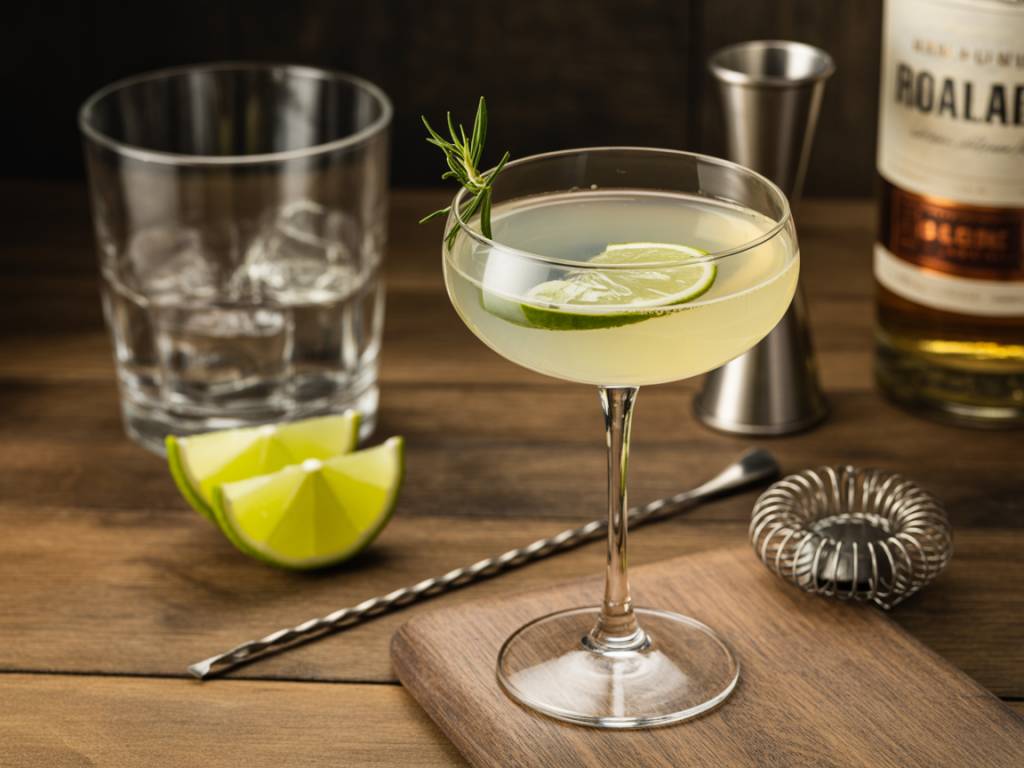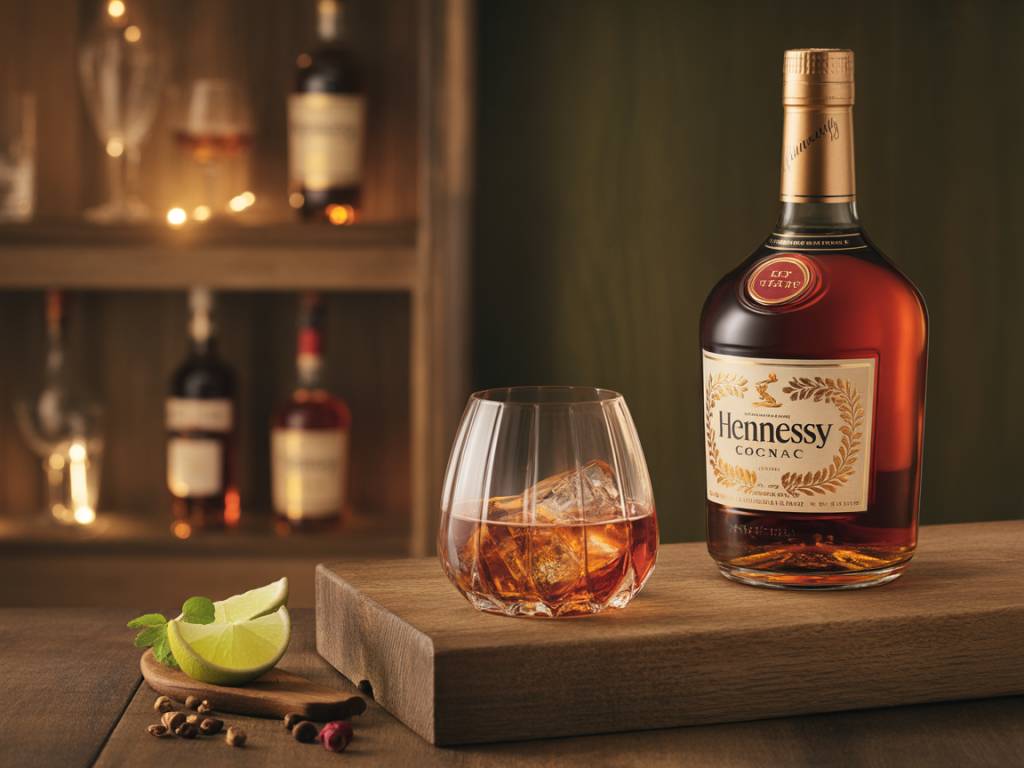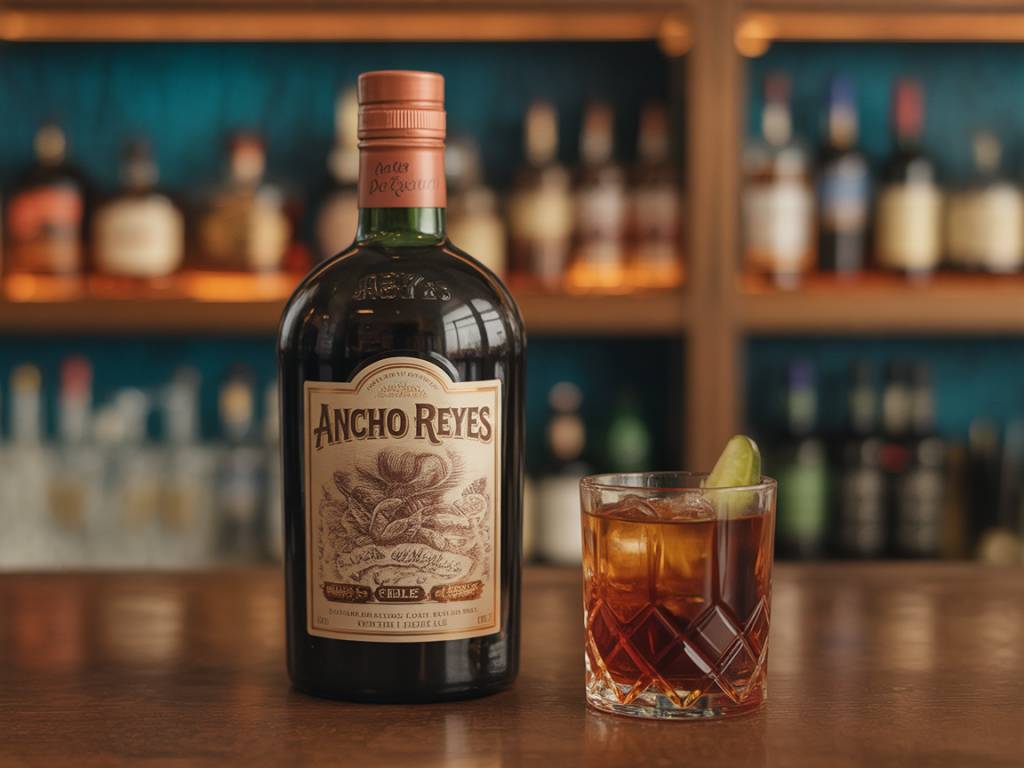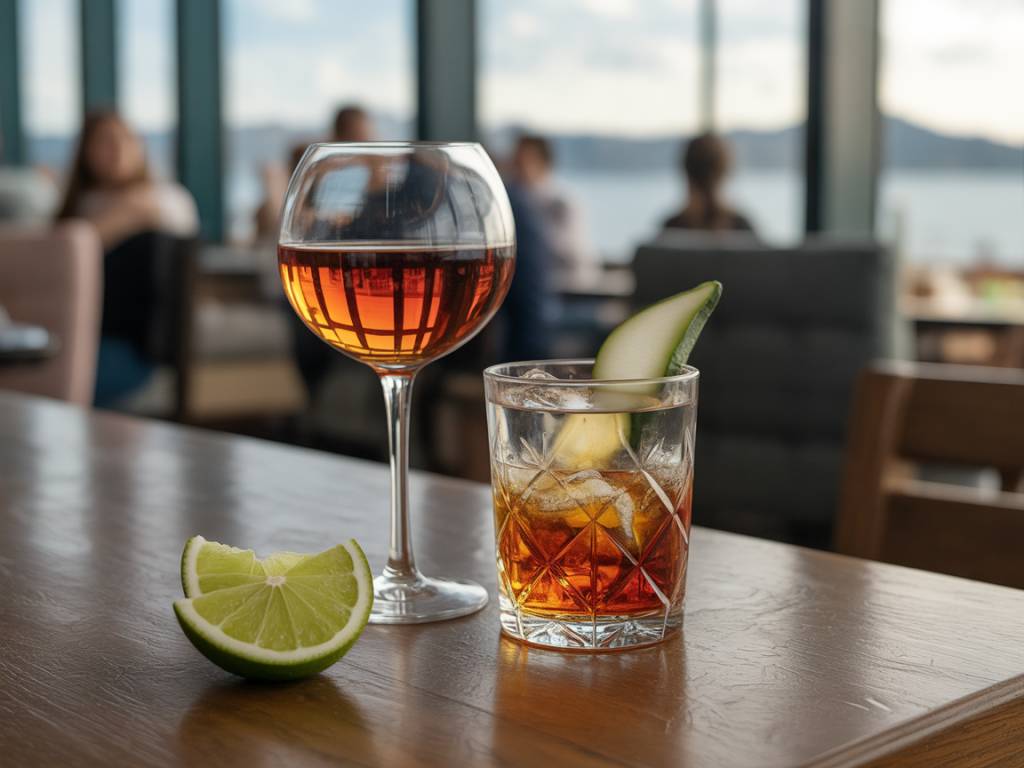Understanding White Spirits: The Clear Backbone of Classic Cocktails
If you’ve ever had a perfectly chilled Martini or a crisp Mojito on a summer’s day, then you’ve already danced with white spirits — probably without giving them the spotlight they deserve. They may be clear as glass, but their flavor profiles, uses, and personalities are anything but invisible behind the bar. So let’s shine that light where it’s due and unpack the most iconic white alcohols and how they hold their ground (or steal the show) in some of your favorite classic cocktails.
We’re talking vodka, gin, white rum, blanco tequila, and unaged mezcal — the clean-cut siblings in the spirits family. They’re versatile, refreshing, and when used right, the base for exceptionally balanced cocktails. Let’s break them down, one pour at a time.
Vodka: The Blank Canvas
There’s a reason vodka is often described as odorless, colorless, and flavorless — especially in its more commercial forms. But don’t be fooled. Every bottle tells a subtle story of the ingredients and distillation process. Wheat-based vodkas tend to be smooth and slightly sweet, while rye vodkas pack a peppery bite.
So what makes vodka irreplaceable in certain cocktails?
- Clean Taste: It lets other ingredients shine. Flavored infusions, herbs, fruit, spices — vodka plays nice with all of them.
- Chill Factor: It carries cold exceptionally well. A properly stirred vodka Martini, for example, should feel like a glacier just kissed your tongue.
Classic Vodka Cocktail: The Moscow Mule
Simple, vibrant, and impossible to mess up if you follow a few key steps. Use a quality ginger beer (not ginger ale — trust me), fresh lime juice, and don’t skimp on the ice. Bonus points for serving it in a copper mug that keeps it arctic-cold.
Behind the bar tip: Try infusing vodka with fresh basil or citrus peel at home for a subtle twist in a Collins or a Tonic. It’s easy, takes less than 24 hours, and adds instant depth.
Gin: The Aromatic Alchemist
Gin is where flavor leaps out of the glass and demands attention. With juniper as the backbone and a variety of botanicals — coriander, angelica root, citrus peel, and more — gin brings structure, complexity, and heritage to your cocktail.
Not all gins are created equal. London Dry gins (like Tanqueray or Beefeater) are bold and piney, perfect for robust classics. New American or “contemporary” gins lean floral or citrusy — better for more modern or experimental takes.
Classic Gin Cocktail: The Negroni
Equal parts gin, Campari, and sweet vermouth. Easy on paper, unforgiving in practice. The gin you choose changes the entire balance. I once had a guest send back three Negronis at an upscale bar I worked at — turn out the bar was using a soft American gin that got bulldozed by the Campari. Pick a gin with backbone, stir it down well, and serve it with a large orange twist.
Behind the bar tip: For light summer sipping, switch out your gin tonic’s lime wedge with a slice of grapefruit and a sprig of rosemary. Thank me later.
White Rum: Sweet, Soft, and Surprising
Often written off as beginner-friendly or “sweet,” white rum deserves a better PR agent. It’s a chameleon — versatile, tropical, but also capable of complexity, especially if it’s been charcoal filtered after barrel aging (like Flor de Caña 4 or Banks 5 Island).
White rum brings texture and a whisper of sugarcane that fits beautifully into both short, strong drinks and long, refreshing ones.
Classic White Rum Cocktail: The Daiquiri
Let’s be clear — a true Daiquiri isn’t frozen, neon-colored, or served with a pineapple wedge. It’s a three-ingredient masterpiece: white rum, fresh lime juice, and simple syrup. Shake it hard, strain it up, and serve it in a coupe. The balance between tartness and sweetness is delicate — get it right, and it sings.
Behind the bar tip: Feel like leveling up? Try a two-rum Daiquiri: one lighter white, one heavier or funkier (like a spoon of Jamaican overproof). You’ll add a tropical dimension without adding complexity to the build.
Blanco Tequila: Pure Agave Power
Unaged, peppery, and unapologetically herbal — blanco tequila carries the purest expression of blue agave. It’s not for everyone straight-up, but it’s phenomenal in cocktails where other ingredients can tame and accentuate that natural funk.
Rule one here: 100% agave only. If it says « mixto, » it’s a hard pass.
Classic Tequila Cocktail: The Margarita
A properly balanced Margarita is one of life’s great pleasures — and it’s easier to mess up than you think. Skip the sour mix. Use fresh lime juice, triple sec (or better: Cointreau), and a solid blanco tequila. Shake it hard and serve it over ice with a salted rim if that’s your vibe. Just don’t blend it — seriously, stop blending it.
Behind the bar tip: Swap out the triple sec for St-Germain and add a splash of soda for a softer, floral twist on a Margarita that still packs a punch.
Unaged Mezcal: Smoke and Soul
Alright, technically not a white spirit in the traditional mainstream sense, but unaged (joven) mezcal is clear, potent, and gaining ground fast in the classic cocktail playbook. Unlike tequila, mezcal can be made from multiple agave varieties and generally involves roasting the hearts underground, giving it that signature smoke.
Used with restraint, mezcal adds earthiness, depth, and intrigue to otherwise familiar flavor profiles.
Classic Mezcal Cocktail: The Mezcal Negroni
Substitute gin for mezcal in the classic Negroni and you get a drink that’s both mysterious and grounded. The smokiness tones down the bitterness, creates amazing synergy with the vermouth, and turns the cocktail into an instant conversation piece.
Behind the bar tip: Drink feeling a bit flat? Add just a quarter ounce of mezcal to your usual tequila cocktails. Think of it like adding smoked salt — a little goes a long way, and it’s transformative.
Tips for Working with White Spirits Behind the Bar
- Don’t ignore temperature: These spirits benefit immensely from being properly chilled. Whether you’re stirring vodka or shaking rum, temperature control is key to clarity in flavor and texture.
- Choose your glassware wisely: A coupe elevates a Daiquiri. A rocks glass grounds a Margarita. Presentation matters — not just for aesthetics, but for the overall experience.
- Use fresh citrus and real sugar syrups: There’s no hiding behind color or bitterness here. The cleaner the spirits, the more apparent every flaw or shortcut becomes.
You don’t need fancy tools or obscure ingredients to make great cocktails with white spirits. You just need balance, good ice, and a little respect for the classics. Once you’ve got a handle on these clear contenders, you’ll find they offer a perfect foundation — not only for traditional recipes but also for creative improvisation. Think of them like jazz standards: master them first, then riff all you want. And trust me, I’ve seen more than one bar moment go from average to unforgettable with a well-executed Daiquiri or a perfectly stirred gin Martini.
So next time you’re staring at that row of bottles, wondering what kind of magic to shake up, don’t underestimate the clear ones. They’ve carried the weight of cocktail history on their see-through shoulders for a reason.





